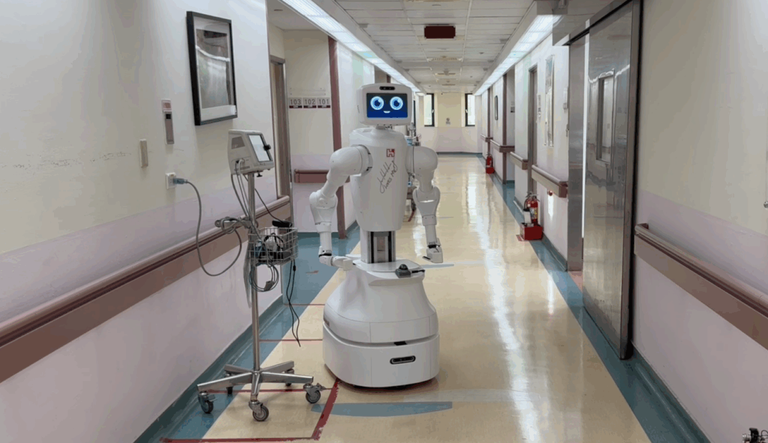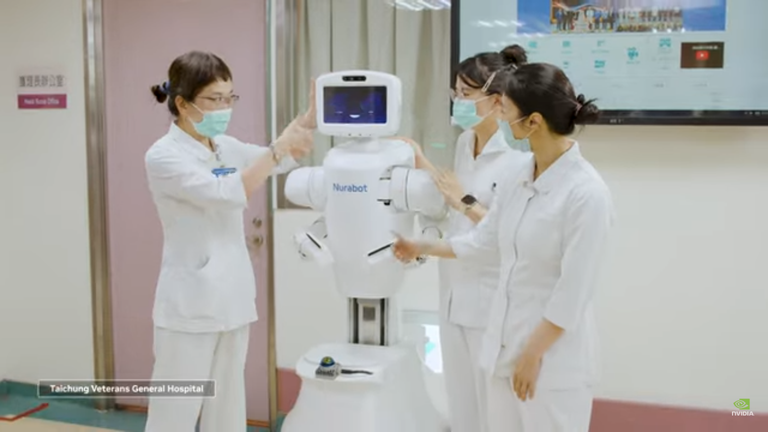Nurabot, the first nursing robot.

Nurabot began to act alongside human professionals in hospitals
Reduces the workload of human nurses by up to 30%

Nurabot Advanced Features
Follow my publications with the latest in artificial intelligence, robotics and technology.
If you like to read about science, health and how to improve your life with science, I invite you to go to the previous publications.
If you like to read about science, health and how to improve your life with science, I invite you to go to the previous publications.